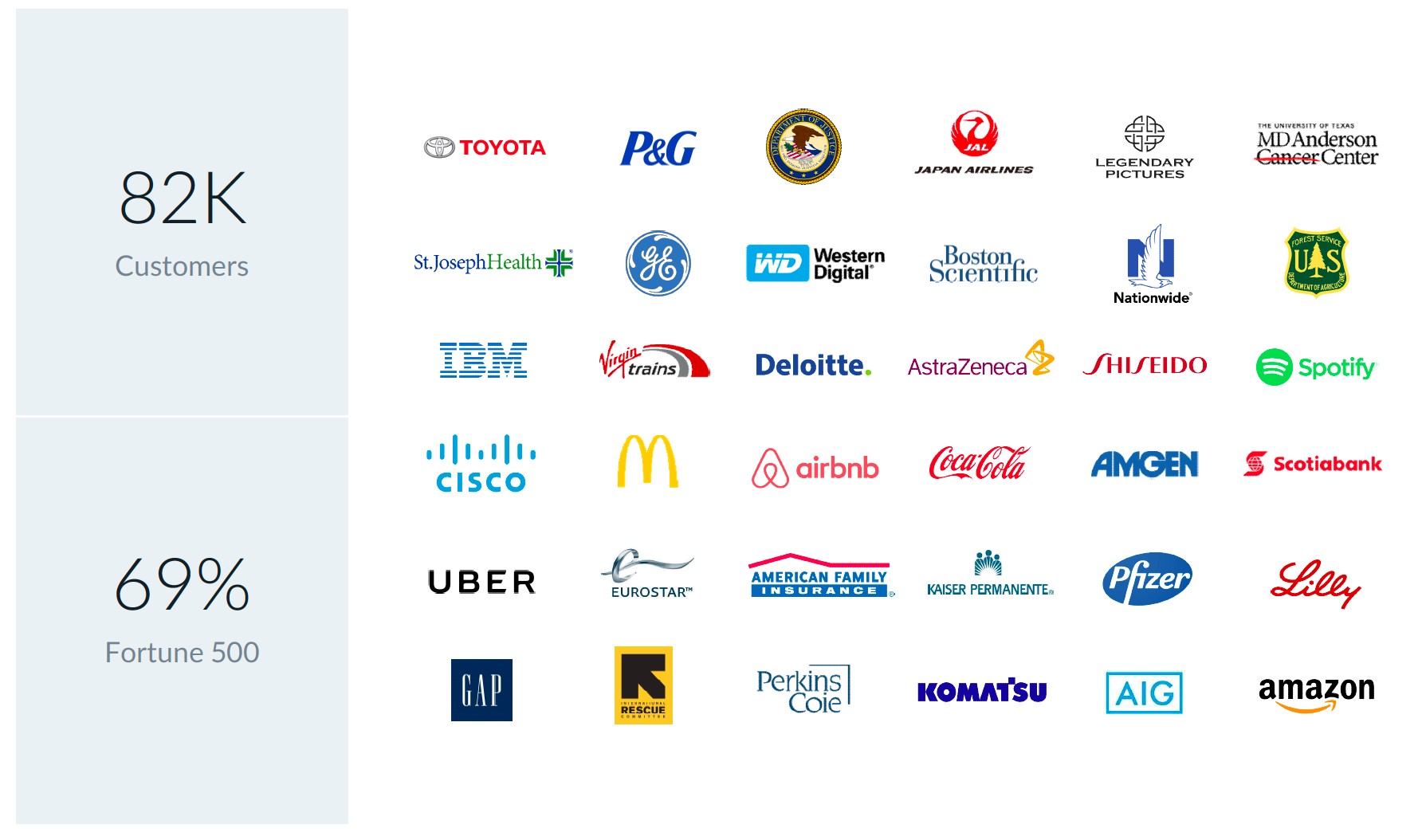Relative Regret
To Focused Compounding members:
One of the most difficult things for investors to deal with is to watch other get richer faster than you. In the stock market, the same choices are available to everyone. So, if someone is up 20% this year, they are up 20% purely on a collection of opportunities you passed on. Two things make this even tougher for the people reading this memo. One, you judge yourself on your relative results versus a benchmark like the S&P 500. Two, you judge yourself on a yearly basis. Even if your process is superior to that of most other investors – there’s a decent chance you’re lagging this year. Does that mean you’re a failure as an investor? Is it even realistic to set the bar as high as beating a benchmark each and every year?
Let’s think about this another way. Let’s remove the idea of you from this analysis. Instead let’s imagine we are evaluating not an investor but an investment strategy. And, to make this easier, let’s set the pace horse a lot slower. Investing in the S&P 500 is not a bad strategy long-term. What is a bad strategy? Putting 100% of your savings into a commodities basket month after month. History shows that holding a basket of commodities indefinitely barely keeps up with inflation. So, if you continue to make a 100% commodities wager month after month for the rest of your working life you are almost certain to underperform the person who makes a 100% S&P 500 index wager month after month for the rest of his working life. In fact, based on the very long-term past record the annual real edge your neighbor would have over you if he invested 100% in a stock index fund and you invested 100% in a commodities basket would be greater than the house’s edge on a single game of baccarat, blackjack, roulette, or craps.
To simplify this hypothetical, let’s say you get only one investment choice your whole life. Instead of picking specific investments as the years go by – you only get one choice at the start of this 30-year period. And that choice is a strategic choice. You can either pick the 100% stocks strategy or the 100% commodities strategy. You can’t switch. Will there be years in which you regret taking the 100% stocks strategy? In a sense, yes. A basket of commodities will – in some of the next 30 years – outperform a basket of stocks. Yet, to say you would – in those years – actually regret your initial choice of the 100% stock strategy is like saying a casino would rather be the player than the house. If the casino knew the future of each hand, each night of play, etc. – I guess you could say that. However, what exactly is it that an investor is actually regretting in his poor relative performance years? He’s regretting not switching strategies from a long-term superior strategy to …
Read more
